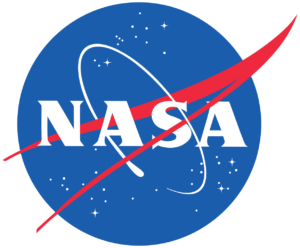-
Approximate program time: 2 hours
-
Next Generation Science Standards (NGSS) aligned
-
Common Core State Standards (CCSS) aligned

See All Free Lesson Library
Grade Level 3-9
Earth and Space Science
Stay In My Classroom
Explore the Moon
Engage your students in activities at different stations to learn about the seven phases of a lunar exploration: Preparing for launch, rocket launching, lunar landing, the Moon phases, lunar geology, lava tube exploration, and programming a lunar rover.
The Next Giant Leap primarily focuses on Earth and space science themes, but it also integrates physical science and engineering topics. While developed for students in grades 3-9, these lessons can be adapted for all ages.
Each station has 1-2 activities. We encourage students to participate in all activities in order to fully experience the process of a Moon mission.
Lessons with an asterisk * use common household items.
Preparing for Launch*
Students build a model of the Orion spacecraft and balance the Launch Abort Vehicle.
Rocket Launching
Students build paper rockets that can be launched using a stomp rocket launcher.
Lunar Landing*
Students build a lunar lander equipped with a landing shock absorber.
Phases of the Moon*
Students assemble a model from cups and paper that will help them understand the names of the Moon phases and how Moon phases occur.
Lunar Geology
Students operate a robot arm to pick up and analyze lunar rocks to classify the mineral composition.
Lava Tube Exploration*
Students drive and program a Sphero Robot to navigate through a pathway of cones, simulating the exploration of lunar lava tubes below the Moon’s surface.
Programming a Lunar Rover*
Students assemble and program a rover to navigate and conduct experiments on the Moon’s surface. This lesson requires download of our free app, Challenger Rover, available for tablets only.

